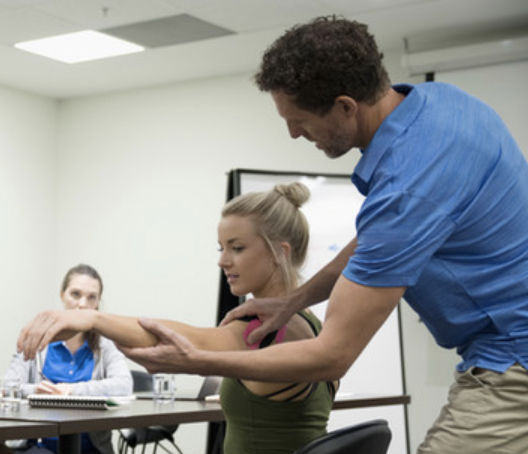Elbow braces and counterforce straps can be helpful components of a comprehensive
treatment plan for certain elbow conditions, but they should not be relied upon
as
the sole treatment. Their effectiveness varies depending on the specific
condition
and individual factors:
- Counterforce braces/straps: These wrap around the forearm
just
below the elbow and can help reduce strain on the injured tendons during
activity by altering the forces transmitted through the tendon. Research
suggests they may provide some symptom relief in tennis elbow and golfer's
elbow.
- Elbow sleeves: These provide compression and mild support,
and
may help with pain management through proprioceptive feedback and increased
warmth.
- Wrist splints: For some elbow conditions, stabilizing the
wrist
can reduce stress on the elbow tendons and assist recovery.
When prescribed appropriately, braces can:
- Provide symptomatic relief during activities
- Help protect healing tissues while maintaining function
- Serve as a reminder to maintain proper technique
However, they work best when combined with appropriate rehabilitation exercises,
activity modification, and addressing the underlying causes of your elbow pain.
Our
specialists can advise whether a brace would be beneficial in your specific
case,
and if so, which type would be most appropriate and how it should be properly
fitted
and used.


